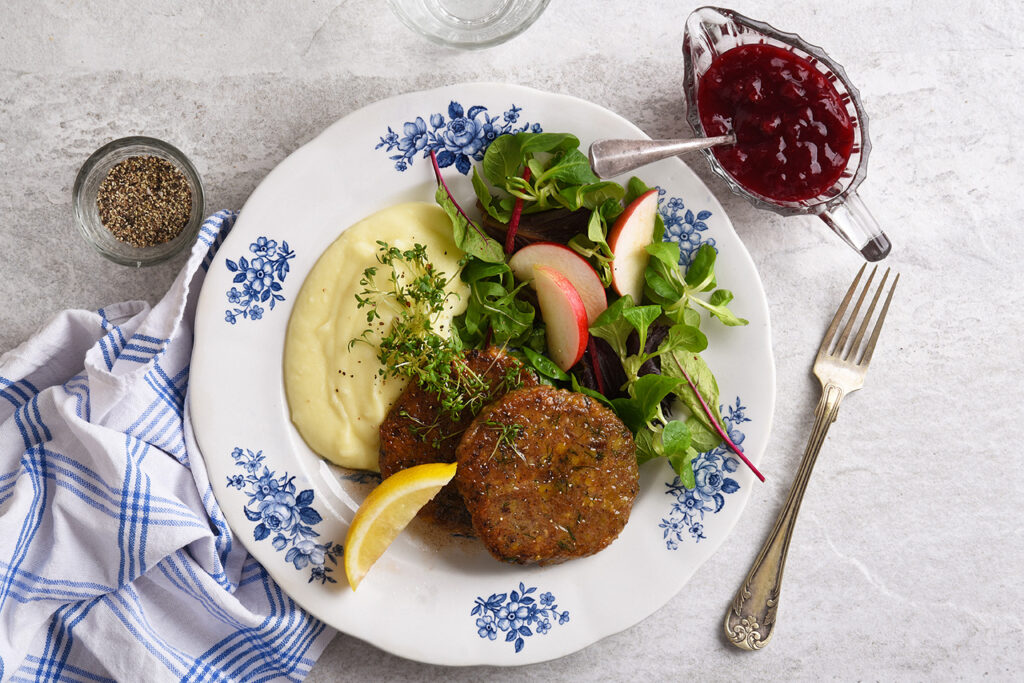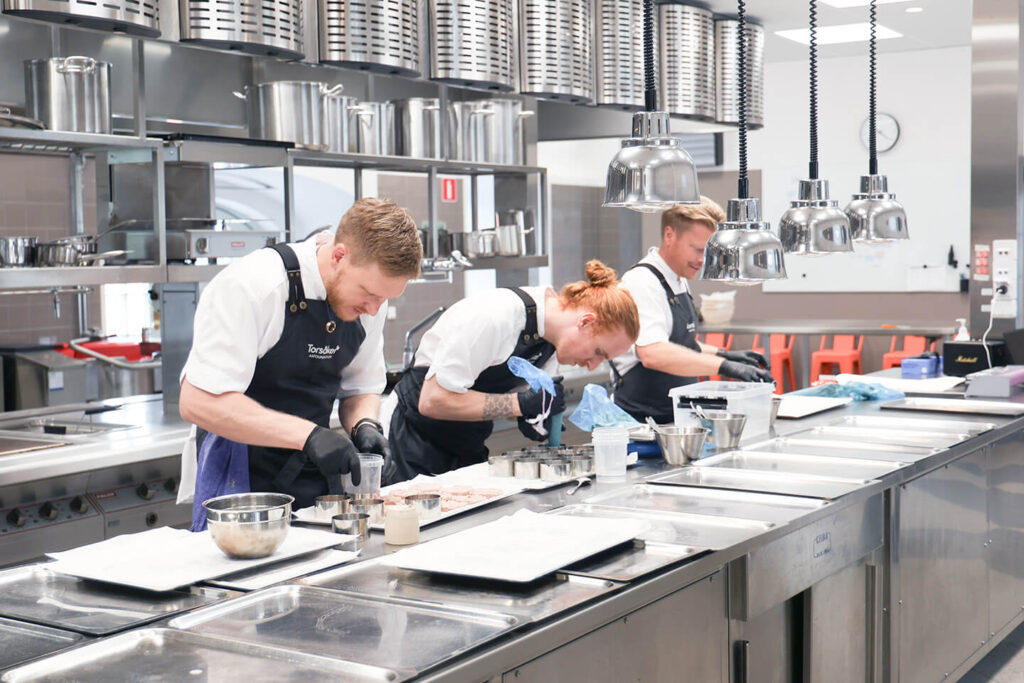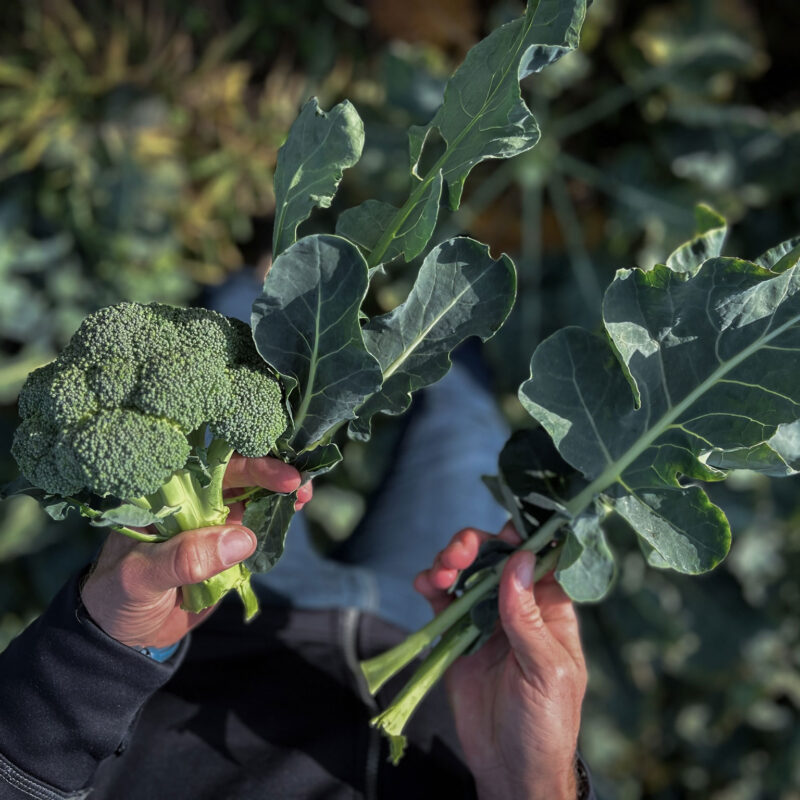Innovative ‘Sillenbergare’: A Swedish Twist on Sustainable Seafood
2024.02.13

In taste, the 'Sillenbergare' resembles fried herring and in texture, the Swedish dish 'Wallenbergare'. Photo: Middagsfrid
After years of dedicated research and refinement, an innovative ‘fish and field’ creation has finally made its debut. The ‘Sillenbergare’ combines seafood that would typically be used for animal feed with the nourishing fava bean. Now, customers of Middagsfrid (a provider of home-delivered meal kits) and Urban Deli (chain of restaurants and market halls) will have the privilege of being the first to savor this flavorful and nutritious patty, which resembles the taste of fried herring. Spearheading the development of the key ingredients and method are Chalmers University of Technology and seafood producer Sweden Pelagic. Further development of the new product has been done by Axfoundation, Middagsfrid, and Urban Deli.
Decreasing fish stocks and overfishing necessitate increased efforts to use fish in a sustainable and responsible manner. Only about 15 percent of fish caught in Sweden ends up on the plate, with the rest used for feed or biogas, as we mainly consume trimmed fish fillets. Considering that the whole fish has excellent food qualities, including the meat between the herring’s bones, this is a wasteful use of resources.
This has been the basis for Chalmers University of Technology and the herring producer Sweden Pelagic collaborating for several years in research projects to convert herring by-products into food. By sorting out the backbone – where the herring’s inner fillet remains – from the head, guts, and tail fins before they are mixed in a collection tank, a perfect raw material for fish mince is obtained.

At Torsåker Farm, Herring mince has been evaluated from various perspectives, including sustainability, nutritional content, and sensorical properties.
Herring contains a high level of unsaturated fatty acids and iron-rich hemoglobin. Although these are important nutrients, they also contribute to the herring meat easily becoming rancid. This leads to both a loss of taste and the loss of the fine pink color of the herring. Additionally, the amount of valuable omega-3 fatty acids and vitamins decreases.
Through a completely new technique developed by Chalmers – a bath in an antioxidant solution containing rosemary extract – the fine herring meat on the backbone is stabilized against rancidity, and it can then be separated from the bones by Sweden Pelagic, resulting in a flavorful and omega-3-rich herring mince. The part of the herring that was previously used for feed production has now been refined into food.
Axfoundation has further worked with this herring mince, and together with chefs at Middagsfrid and Urban Deli, developed it into a new dish, where the herring mince is mixed with an equal part of fava beans, a legume with low environmental impact. Thus, two nutritious and sustainable foods are combined, maximizing the utilization of the raw material into a completely new product.
It’s about time all stakeholders, from fishermen to consumers, take greater anatomical responsibility. We simply must take care of the entire raw material. I am really glad that yet another tasty, nutritious, and resource-smart product is now reaching consumers. Our hope at Axfoundation is that it will scale to an even broader audience, and we are convinced that there is great potential even in public meals.
– Veronica Öhrvik, Project Manager in Future Food, Axfoundation
Creating the Sillenbergare has involved collaboration across borders between Axfoundation’s innovation team at Torsåker Farm, chefs, researchers, and product developers within the Axfood group to create something fun, innovative, and above all delicious with a fantastic and beloved ingredient that would otherwise have gone to waste.
– Oskar Karlsson, Culinary leader at Middagsfrid
In taste, Sillenbergare resembles fried herring and in texture, the Swedish dish Wallenbergare. In tests conducted by fifty families in Middagsfrid’s test panel, the results have been positive. The overwhelming majority have appreciated the Sillenbergare and would gladly choose it for their meal. With the positive feedback from Middagsfrid’s test families, Urban Deli has further developed the product.
Serving Sillenbergare in both restaurants and stores at Urban Deli is a step towards making the product accessible and increasing awareness about it. Even if those who eat it don’t grasp the whole story behind it, they hopefully enjoy the taste and choose to buy it again. Then we have succeeded in moving a tiny step forward. Hopefully, the product can have a wider distribution going forward, and that’s when we truly make a difference.
– Maria Ahnlund, Head chef at Urban Deli
The herring used is MSC-certified, caught with midwater trawls in the North Sea by the Swedish fishing fleet, and the mince is produced at Sweden Pelagic’s facility in Bohuslän. The fava beans are grown on Öland by Kalmar-Öland Trädgårdsprodukter, and Sillenbergare is produced by Urban Deli’s chefs in Stockholm.
The technology developed in collaboration with Chalmers gives us many more opportunities to develop new, healthy, and tasty foods. We can get 200-300 tons of mince from the herring’s backbone, and the ambition is to increase that figure every year. We see that there is interest, both in the food industry and in public meal providers such as school kitchens. That it is now being used in another way shows the breadth of how the product can be used.
– Martin Kuhlin, CEO of Sweden Pelagic
























































